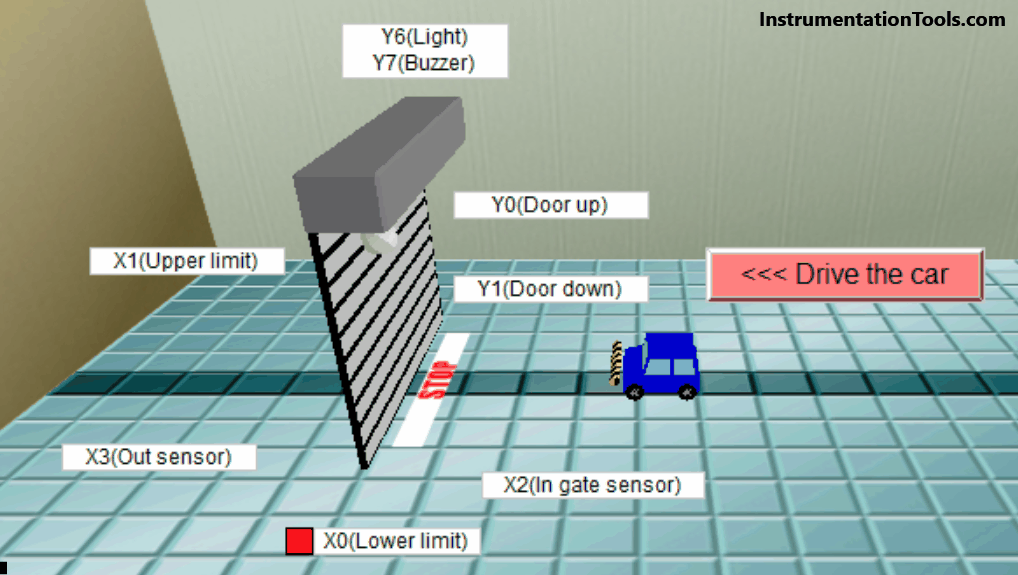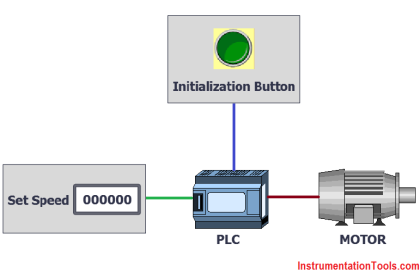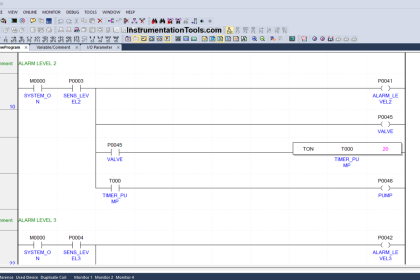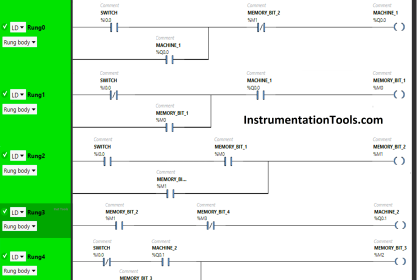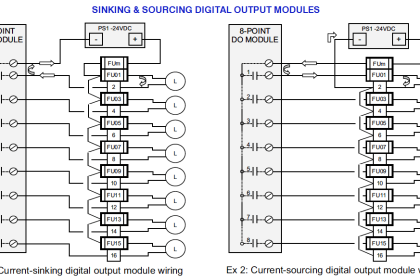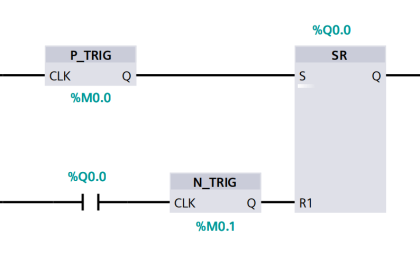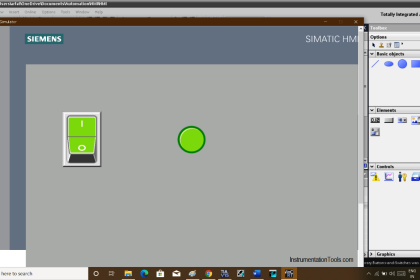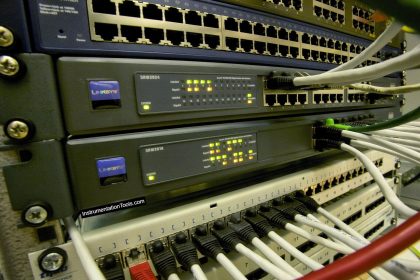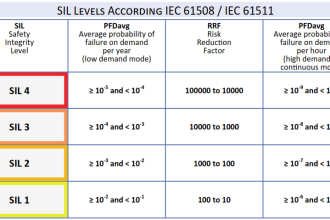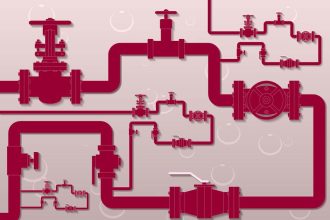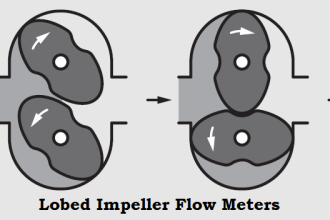When you are working in a PLC, one of the most important areas of application is its memory. Whether it is storing PLC programs or storing data, memory is a very integral part of PLC.
As PLC is also a processor, there are two types of memories available in a general computer – volatile and non-volatile. The two most used types of memories in a non-volatile category are NAND and NOR. In this post, we will see the concept of NOR memory.
What is NOR flash memory?

First of all, let us understand what a non-volatile memory is. In a non-volatile memory, data is saved even after a power outage. So, it is used in applications where data resumption is important for a process to work smoothly. We can see it as a simple example of our PC memory (HDD or SSD), where data is stored even after power failure.
Now, in this non-volatile memory, the type we are discussing is NOR memory. NOR is a logical gate that we use in digital circuits and theories.
The following is the truth table of the NOR gate below:
| A | B | Out |
| 0 | 0 | 1 |
| 0 | 1 | 0 |
| 1 | 0 | 0 |
| 1 | 1 | 0 |
NOR gate works as the inverse of OR gate. Now, when we go into its semiconductor manufacturing, the semiconductor used is FGMOSFET (floating gate metal oxide field effect transistor). As NOR is an inverse of the OR gate, the transistors are arranged in a parallel manner.
Refer to the below image. Each transistor is connected in parallel with one end connected to the main data bit line and the other end connected to a source.
On the right-hand side of the image, you can see the actual cell layout, of how the memory cells are embedded in a chip. NOR flash memory allows access to each individual cell and it is therefore faster to read.

Features of NOR flash memory
The area consumption of a NOR memory cell is larger as you can see in the above image. Two cells are connected face to face and due to this, a larger area is consumed in making this memory. This also limits the number of cells that can be accommodated in NOR memory. Due to this, the processing speed and memory storage is a bit on the lower side.
The cost of manufacturing NOR memory is very high due to the above-mentioned features.
The reading speed is higher in a NOR memory. Because cells are connected in parallel, individual bits can be accessed quickly. But this makes the opposite action, which is writing, time-consuming. So, reading data is faster in NOR memory than writing or erasing data.
NOR flash is reliable and efficient to operate, because as its writing and erasing speed is slower, more time is required to make the data erase and hack. This is also the reason why NOR memory data has a longer lifetime.
The starting current consumption in NOR memory is higher, but when becoming operational, it tends to consume low current thereafter.
When used in PLC, mostly hardware configuration parameters, HTTP files (webpage files), firmware and boot settings, and file system parameters are stored in NOR memory. Data is stored properly in PLC as long as the RTC battery inside is working and charging properly.
NOR memory is responsible for starting the sequence of operations that bring the PLC to a quick startup stage. It stores the initial program loader, BIOS, or firmware that initializes the operating system and other essential software tools. So, NOR memory is most preferred for all these uses in PLC. So, even if the outside environment of the PLC is harsh, it will perform properly due to this memory.
And lastly, when you see general application areas of NOR memory, it is used in microcontrollers, IoT devices, system BIOS, routers and network devices.
In this way, we saw what NOR memory is in PLC.
Read Next:
- Memory Devices Objective Questions
- Siemens PLC Organization Blocks (OB)
- Sinking and Sourcing Automation Quiz
- PLC Wiring Questions for Technicians
- Control Loops Test Questions and Answers
